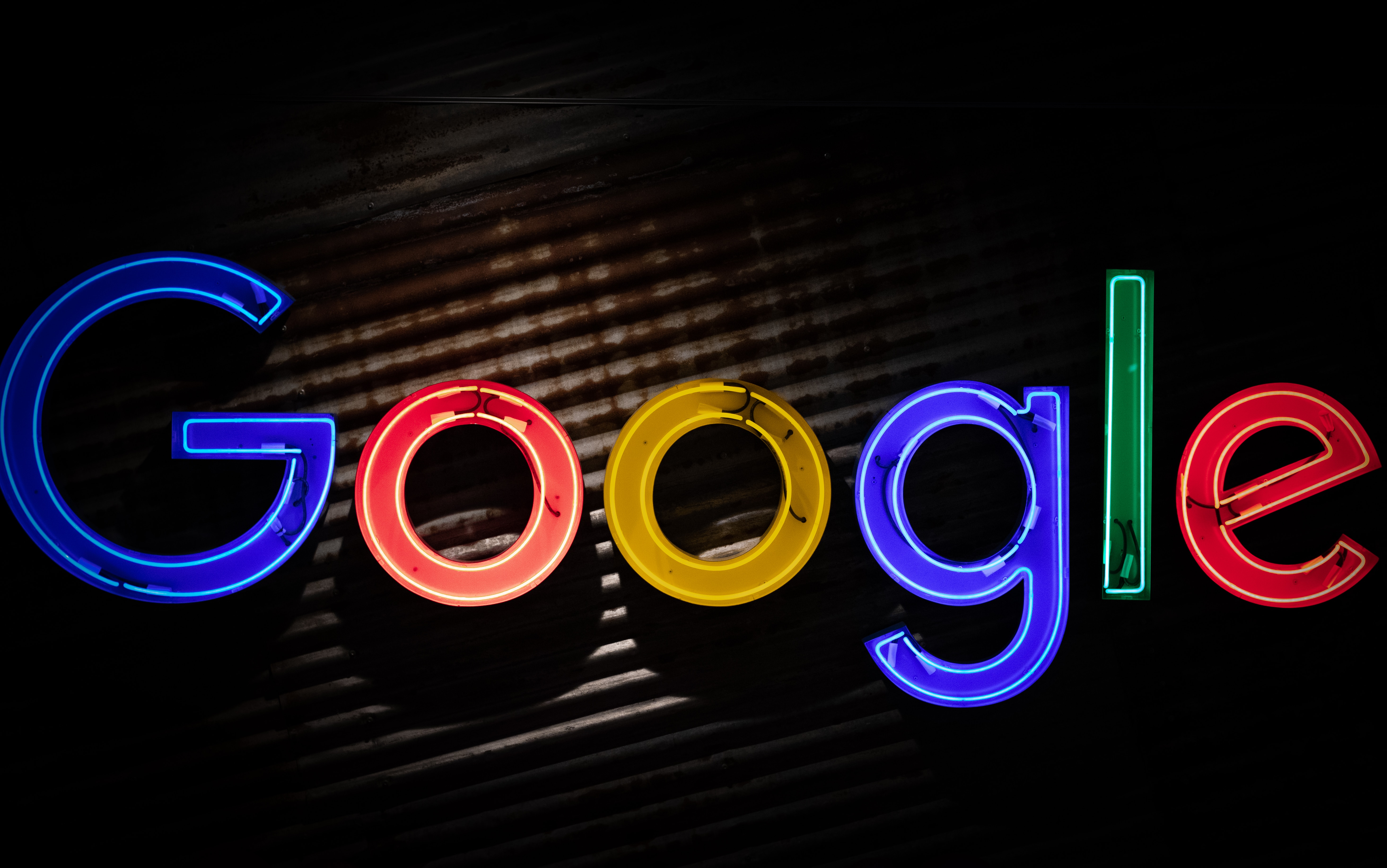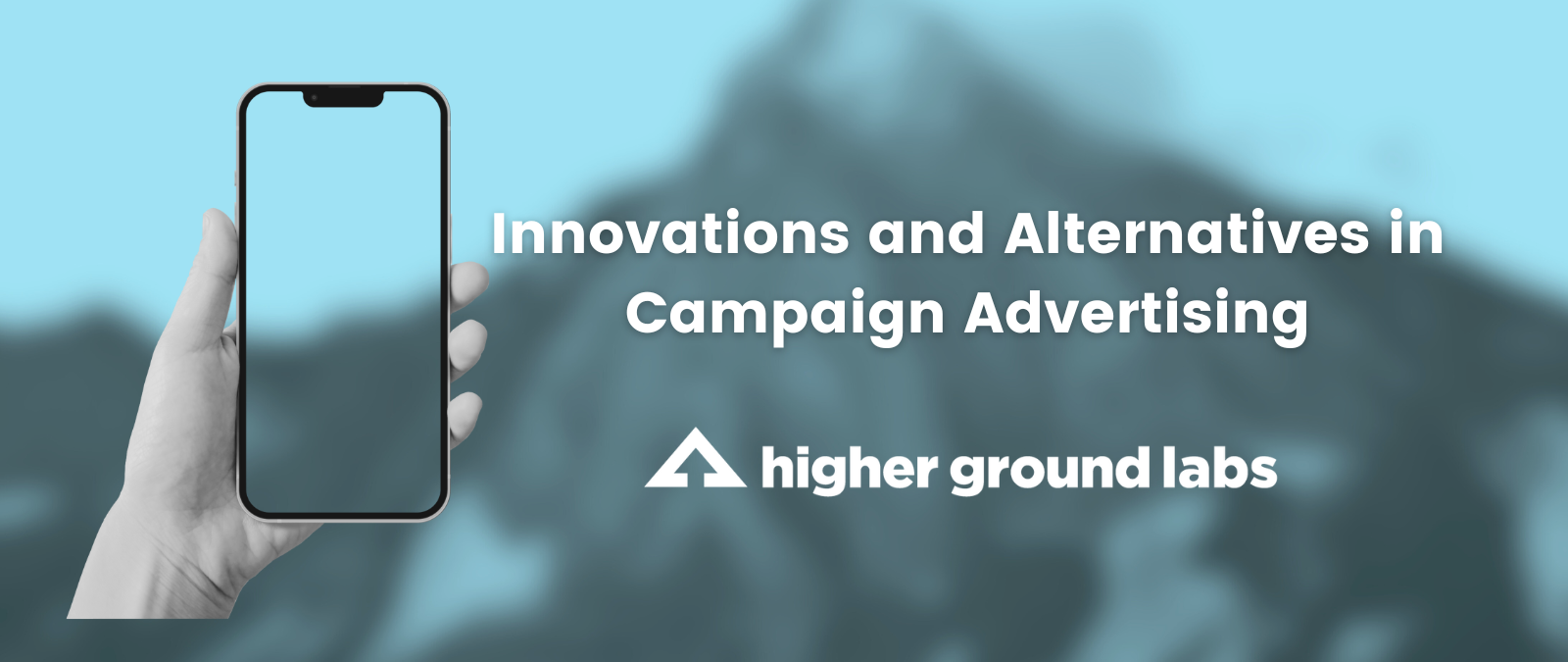A few weeks ago, Google rolled out sweeping changes to political advertising on their platform. The changes were (understandably) met with angst from campaigns and causes across the political spectrum. Google is one of the few dominant platforms for political ad buying and even small changes have dramatic effects on organizations as well as tech companies operating in the space.
These changes are not small. As a result, political organizations and technology companies in our portfolio will need to change their ads strategy mid-cycle. The hyper-targeted, segmented approach to digital media that progressives have relied on for cycles becomes almost obsolete the moment the new policy goes into action. Micro-targeting has been a strength of digital media programs for a decade now – and digital strategists have already fought the budget battles to get what they need to run that strategy in 2020. Changing strategies now, far from what people were planning on, is undeniably complicated.
But when we look at the implications of these changes long term, we see something different. These changes pave the way for a new approach to digital media – one that might actually make us stronger.
- Content wins. Under these new rules, authentic, resonant content is going to win more eyeballs, hearts and minds than dollars actually can. Now that retargeting is no longer an option, campaigners need to create content captivating enough that people pay attention and take action the first time. This rewards investment in creative talent, better assets, and more compelling images. Campaigns will need to think more about how they engage their audience rather than what budget they put behind it. As a result, more voters will engage in politics because they are passionate to do so.
- Focus on relationships. If we can no longer use dollars to target people based on affinity, we need to rely on personal outreach to individuals and communities to talk directly with our target voters. This is a great outcome. We know that contact from someone you trust is exponentially more effective than outreach from an organization or a stranger. However, building the muscle memory for that type of engagement takes investment. Anything that encourages campaigns to invest more in the relationships that already exist between people will undoubtedly result in more efficient communications strategies long term.
- Digital = TV. In today’s media landscape, digital is a channel for mass communication that moves the opinion of the public at large. This is not how campaigns currently treat digital advertising. We think of digital as a path to niche targeting as opposed to TV which is still thought of as a tool to move the masses. Budgets, staffing, and message development remain oriented around television. These changes nullify that approach. If you want to spend money on Google, you will use it to reach the masses – the 2 billion people on YouTube everyday. The 60% of American adults who get their news primarily online. These changes could ultimately result in campaigns spending more money online and put digital media on the forefront of a communications strategy – more effectively reaching people where they are. Online.
Changing program and strategy mid-stream causes inefficiency and frustration – for both tech companies and digital strategists alike. But if we take a minute to step back and look a little further down the line, we see a chance for more effective, culturally competent, robust digital programs that can carry us into the next phase of political communication. Digital strategists can agree that being digital first is better for the American public and for the political industry. These massive changes from a few large platforms might be the spark that actually gets us there.




